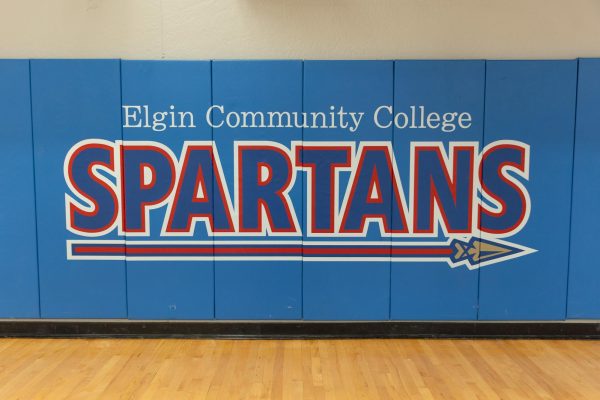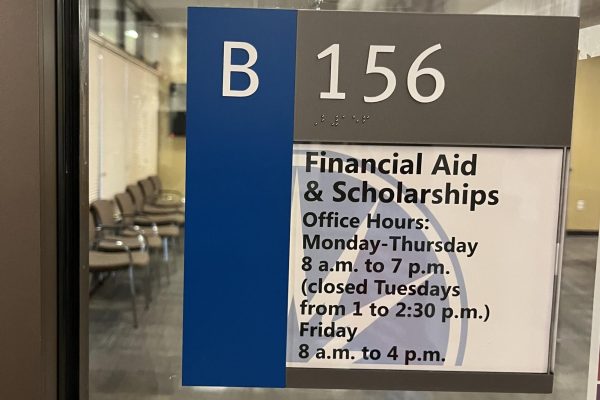The current state of textbook prices
March 10, 2018
College has become notoriously associated with life-long debt thanks to the various costs and expenses that come with receiving a higher education. The forefront of this intimidating battlefield is annual tuition ranging between thousands to tens of thousands of dollars, while the front lines are scattered with classes ranging between hundreds of dollars, and on top of that, there are room & board expenses and textbook costs.
According to a Huffington Post article published in December of 2017 by Tyler Klingkade, college textbook prices have been increasing faster than the rate of tuition, and even faster than the rate of inflation.
Elgin Community College’s Managing Director of Retail Operations, Kelly Strossner, says the main reason for the high cost of textbooks is the manufacturing cost. To produce any small printed product is rather expensive, especially on the nation-wide scale of college textbooks. Also, the market for any one textbook is very limited to the specific colleges or universities that want that specific book. Not to mention the number of revisions and consequently new editions these books go through.
“New editions are released on average every 3.9 years, but a 2008 report from the California state auditor found many college deans, department chairs, and faculty members admitted revisions to textbooks are often minimal and not always warranted,” wrote Klingkade.
After the book is written, published, and later revised, the publisher then must use expensive methods of marketing and advertising towards universities. According to Strossner, sample copies of each new textbook must be sent to hundreds of professors, trained salesmen must visit teachers to personally point out the values of new texts, and expensive exhibits of textbooks must be displayed at the various conventions of educators.
Although nationally prices for college textbooks seem to be only rising, locally here at Elgin Community College the average student is paying less for a textbook than what they were paying a year ago.
“They’re (the prices) actually declining, it used to be that the average cost of a textbook per student was 129 dollars, and we’re down to 89 dollars,” said Strossner. “I really think it is because of the faculty here have really been trying to find cheaper alternatives.”
These alternatives include utilizing cheaper e-textbooks, having the opportunity to purchase a used textbook rather than a brand-new one, and even suggesting the textbook instead of requiring it.
Strossner also has some advice for any students in a financially restricted position trying to purchase learning materials. Many books are available to rent from the bookstore. The bookstore has a very friendly return policy as long as you have the receipt with you. Don’t write in or unwrap textbooks until you’re positive the instructor requires you to utilize the textbook.
Shopping at the bookstore also aides the campus and students. Proceeds from the bookstore go directly to campus maintenance and amenities, ensuring that the students’ money is supporting more than just their course materials.






